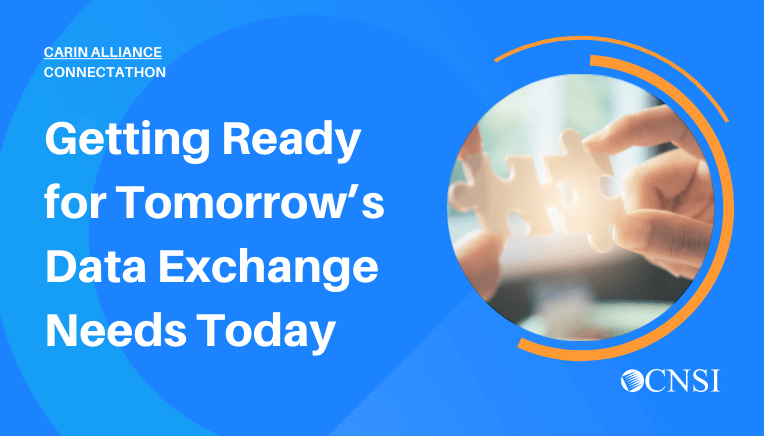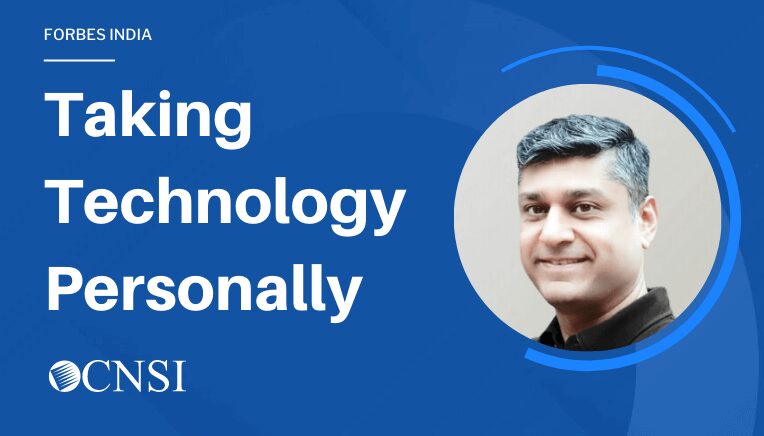How Medicaid is Driving State HIE Agendas
April 17, 2014
Categories: Thought Leadership
 The shift towards patient-centered health care has become top of mind for many providers in recent years.
The shift towards patient-centered health care has become top of mind for many providers in recent years.
 The shift towards patient-centered health care has become top of mind for many providers in recent years. While telehealth, mHealth and big data have been driving updates in care coordination and patient engagement, Medicaid could be the newest force motivating state CIO’s to facilitate patient-provider connectivity.
The shift towards patient-centered health care has become top of mind for many providers in recent years. While telehealth, mHealth and big data have been driving updates in care coordination and patient engagement, Medicaid could be the newest force motivating state CIO’s to facilitate patient-provider connectivity.
With state governments entering subsequent phases of Affordable Care Act implementation, seamless health information exchange (HIE) integration with state Medicaid platforms provides new avenues for innovation. As such, state CIOs are increasingly seeing the value in utilizing Medicaid data as part of the development of real-time databases that can cull information from various sources for a single individual, benefiting patients, physicians and providers.
According to a recent Healthcare Informatics article, “States that had built very lightweight state-level HIE services are reconsidering the value of creating clinical data repositories. And because there is still federal grant funding available for HIE development tied directly to Medicaid’s mission, some states are even considering moving the HIE organization into the Medicaid agency.”
State HIEs can use Medicaid resources and infrastructure to jump start the development of these clinical data repositories. In addition, coordination between the state Medicaid agencies and HIE directors empowers providers by providing a platform and the information necessary for establishing electronic health records.
The potential to use technology in advancing holistic accountable care is strongly encouraging state CIOs and Medicaid providers to seek streamlined data. And it should come as no surprise that improving the quality, safety and efficiency of health care requires the most accurate patient information, ideally found in one place.
At the recently held 2014 State Healthcare It Connect Summit, Washington’s HIT Coordinator Nathan Johnson and Texas’ HIT Director Ramdas Menon discussed how enterprise projects such as HIEs encourage access to Medicaid data. In acquiring that data, HIEs are creating opportunities to tackle big issues. During a panel discussion, Johnson noted that “changes to Medicaid are now driving the need for greater functionality from the HIE, and it was never that way before.”
States like Washington and Tennessee have already begun planning to build clinical data repositories to allow for streamlined analytics which have the potential to improve care and reduce costs. As providers continue to seek real-time updates on patient data, the shift towards linking already existing Medicaid Management Information Systems (MMIS) with HIE development will continue to grow.
At CNSI, we definitely appreciate the inherent value of Medicaid data sets. It’s why we developed eCams HealthBeat™, which supplements a MMIS by analyzing the data that flows through the system. Visualized on a dashboard, that data can be used to track and monitor the progress of Medicaid expansion in a state. It can also be used to assist health officials to identify red flags where and when they exist so they can make real-time informed decisions on a variety of issues.
What other health care initiatives would benefit from shared data sets? Tweet @CNSICorp to let us know! Follow CNSI on Twitter!







